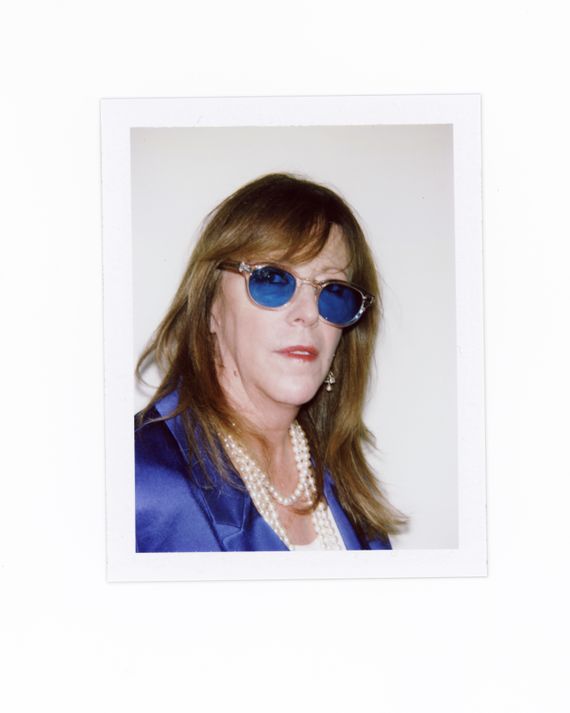
In the halls of film producer Jane Rosenthal’s Greenwich Street office hang massive, rare framed movie posters. There’s Breakfast at Tiffany’s and Night and the City with Gene Tierney and Michelangelo Antonioni’s Blow-Up. She’s even got one of my all-time favorite film noirs, The Big Clock, which never seems to be in stock at Posteritati. Where does she find them? “Marty’s got a guy,” she said with a nod, referring to Martin Scorsese.
It was June 2, a week before the opening of the Tribeca Festival (née Tribeca Film Festival; they’ve dropped film from the name), and Rosenthal had meetings with her ticketing team as well as with the director Kathryn Bigelow, who would arrive just as our interview wrapped up. Rosenthal launched the festival 20 years ago with Robert De Niro and her financier ex-husband, Craig Hatkoff. Over 12 days, some 600 events would sprawl across the city from Williamsburg to Washington Heights. But right now, what’s stressing her out is wardrobe. It’s super-swampy outside. “I’m not really a summer dresser or anything,” she said, “I can’t really leave my outfits to the last minute, standing in my closet going, I’ll probably wear this.” In her office, she was wearing a navy shirt from The Row, a silver serpent bracelet designed by her friend Brooke Neidich, and necklaces with many charms. “You can see how superstitious I am,” said Rosenthal, holding up an evil eye. “This keeps away the evil spirit.”
Rosenthal, 65, is a producer in the purest sense — she seems to know and is constantly connecting everybody, and not just in film. “She has that quality of ‘All roads lead to Jane,’” said her friend Jaron Lanier, the Silicon Valley futurist and godfather of virtual reality. “I feel like she’s the casting director of Manhattan.” Scattered around her office are reminders of many of the luminaries she’s met — a picture she took with Michelle Obama, a framed portrait Annie Leibovitz took of her for Vogue, a rock from Robben Island that Nelson Mandela gave to her.
The first Tribeca Film Festival took place months after 9/11. After the attack on the Towers, Rosenthal wanted to launch straightaway, hoping the festival could revitalize the scarred neighborhood. The first welcome lunch was held at the Tribeca Grill, located in the building De Niro and Rosenthal use as headquarters. “People came down in huge numbers. All the businesses, not just my own, benefited,” remembers Drew Nieporent, the owner of Tribeca Grill and Nobu, who owned three other restaurants in the area, all of which were shut down after 9/11. (De Niro was a principal owner of Tribeca Grill and Nobu.) “It was like Woodstock, which was only a couple days but changed a lot,” Nieporent said.
The film world in New York was different back then, glitzier and more concentrated. Lower Manhattan was the capital of indie cool, and Harvey Weinstein, who shared the office building on Greenwich Street, reigned supreme as the Emperor Miramaximus. It was the era of Pastis and Florent, when downtown wasn’t overrun by 12,000 Google employees and Highline-ambling tourists but rather cocaine-addled actors and filmmakers barking into Ericssons while hailing yellow cabs. In its early days, the Tribeca Film Festival was the hottest ticket in town, its slick, American Express–branded advertisements blanketing the city.
Over the next two decades, New York’s film world grew sterile and the triangle below Canal (which Rosenthal now calls “Triburbia”) became Park Avenue, but with cobblestones. And as one indie filmmaker whose work is featured in the festival this year said to me, Tribeca (the festival, not the neighborhood) never became as important as Sundance, Venice, Toronto, or Telluride. Instead, it found its own multi-hyphenate lane by incorporating pursuits far afield from film, expanding to include video games, VR, and branded content. In 2014, the Madison Square Garden Company under James Dolan paid $22.5 million for a 50 percent stake in Tribeca. In 2019, James Murdoch bought out the group as well as Rosenthal’s ex-husband, Hatkoff, becoming the majority stakeholder. De Niro is to Tribeca what Robert Redford is to Sundance — the movie-star face of the enterprise — but Rosenthal is the true impresario. Tribeca hasn’t been cool in a while, and it hardly seems to be about cinema anymore, as Rosenthal and De Niro confirmed when they dropped the word film from the festival’s name last year. Now that she’s got a Murdoch by her side, she and her amorphous Tribeca project are poised for another pivot.
Rosenthal grew up in Providence, Rhode Island, and studied at NYU under the film professor Haig Manoogian, a mentor to Scorsese. That’s how Rosenthal and Scorsese bonded later, when she was a young executive at Disney and he was making 1986’s The Color of Money. In 1988, he introduced her to De Niro. The two became producing partners, working on films including A Bronx Tale and Analyze This. By the end of the ’90s, De Niro decided he wanted to start a film festival, and Rosenthal was game.
For decades, three of the most influential figures in New York’s film world were Rosenthal, Weinstein, and Scott Rudin. “Everybody gets their comeuppance,” says Rosenthal now. “No matter who you are and how good your taste might be in movies, crimes against anybody are crimes and should be punished.”
Moments before I arrived at her office on Greenwich Street, news broke that an appeals court would uphold Weinstein’s conviction, meaning he will likely be in prison for a very long time. I read Rosenthal the lead paragraph in the New York Times and asked if it ever feels as though he still haunts these halls. “I think of it,” she said. “He was in this building, and I’d see him in the elevator or getting into his car or at the Grill. I feel bad for the innocent people that got swept up in all that. I feel bad for his kids. I don’t feel bad for him. He had a hideous temper, which was directed at me a number of times. But I always felt I didn’t get the full velocity of it because I was somewhat protected by Bob.” Does De Niro remember it that way? “Yeah, I could see that,” De Niro told me. “Harvey and I used to joke about if I would get mad with him, I would just have to say, ‘No, I’m doing that.’”
Rosenthal has said she has a talent for dealing with difficult men. “Jane knows Bob as long as I’ve known Bob,” said Nieporent. “Bob’s not an easy person. So I’d say, ‘God bless Jane.’ She knows how to go with the flow.” When I asked her what her secret is, she demurred. “If I told you, it wouldn’t be a secret.” She said her superhero is Mary Poppins. “She could fly, she spoke languages, she could deal with kids. Charming. Carried a great bag. You go through it, and it has all these elements that, as a woman, when you ask me, ‘How do you get them to do it?’ With a spoonful of sugar.”
Early on, Rosenthal understood that Tribeca would have to embrace things that film-festival snobs consider heresy — that, to survive, her festival would have to be protean and pleasing to sponsors. Festivals like Sundance operate as nonprofits but given the scale of Tribeca (from the beginning, it always drew more people than Sundance) and the cost of operating in New York City, a not-for-profit model was unsustainable. Right away, it spun off its nonprofit arm and transformed into a magnet for advertisers attracted to its live audiences and indie brand. Tribeca got into the branded-content game and played host to Jeff Bezos and Amazon for one of his earliest forays into the film world. (This magazine is one of the festival’s media partners, too.) It began to morph into something like South by Southwest by the Lower West Side.
Part of the festival’s embrace of new media can be traced to Hatkoff, the third member of the Tribeca triumvirate (he and Rosenthal separated in 2014). In 2000, Hatkoff was a business partner of Clay Christensen, the economist who wrote the Silicon Valley bible The Innovator’s Dilemma, and Hatkoff imbued the festival with Christensen’s theory, which basically teaches that the great is the enemy of the good and that the cutting edge is the most important, no matter how messy or lo-fi it might be. Prioritize what’s accessible to larger audiences. Tribeca started to think of itself as a digital-media company anchored by an annual event, and its New York City brand traveled the globe. (A partnership with Qatar brought Tribeca to Doha in 2005 and was a real turning point financially.)
But when Dolan and MSG joined the picture in 2014, there was a retrenchment. The new partners wanted to make Tribeca more focused on the festival in New York, seeing it as fundamentally a live-events company. SEC documents show that, after its initial buy-in, the group continued to make loans to try to sustain that model. That didn’t work so well, and MSG sold to Murdoch in 2019.
I asked Rosenthal if she worries about diluting what the festival is supposed to be about. She flipped the question back on me: “What is the festival supposed to be about?” Um, film? “But it was never just film,” she said. “Fifteen years ago or whenever, we screened L.A. Noire. It was a game by Rockstar Games. And very early on, we had been submitted a film that was made by a soldier from Afghanistan who did a film on a Nokia cell phone. We blew that film up. It looked like Rossellini’s Roma Città Aperta because it shook and all you were waiting for was Anna Magnani to come on. It was interesting. Should we not have put that up?”
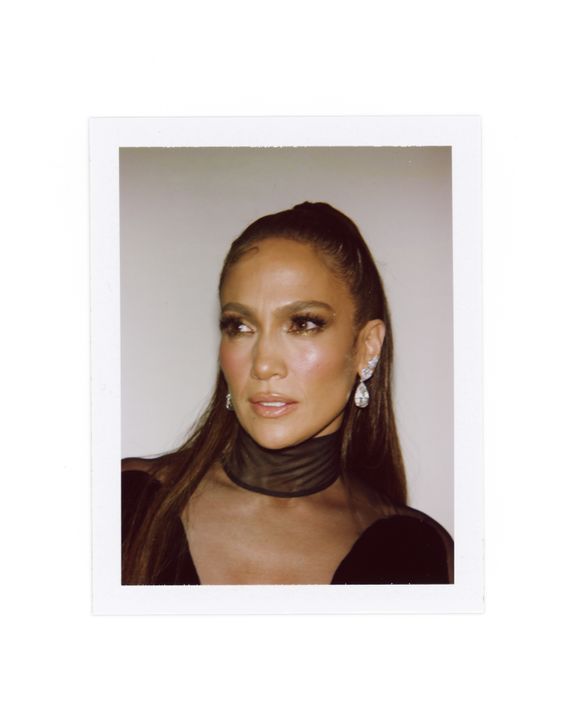
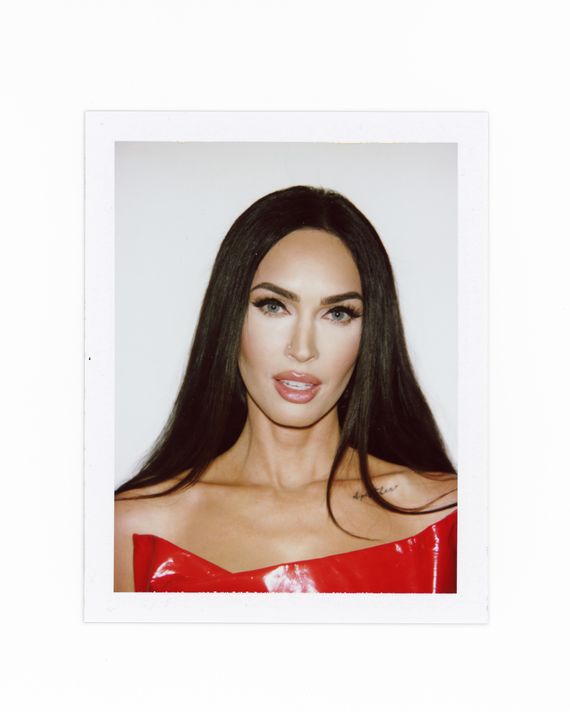
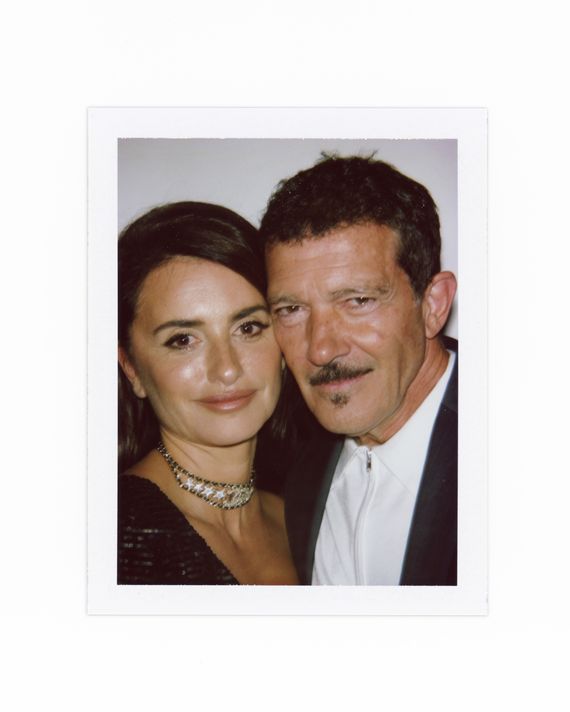
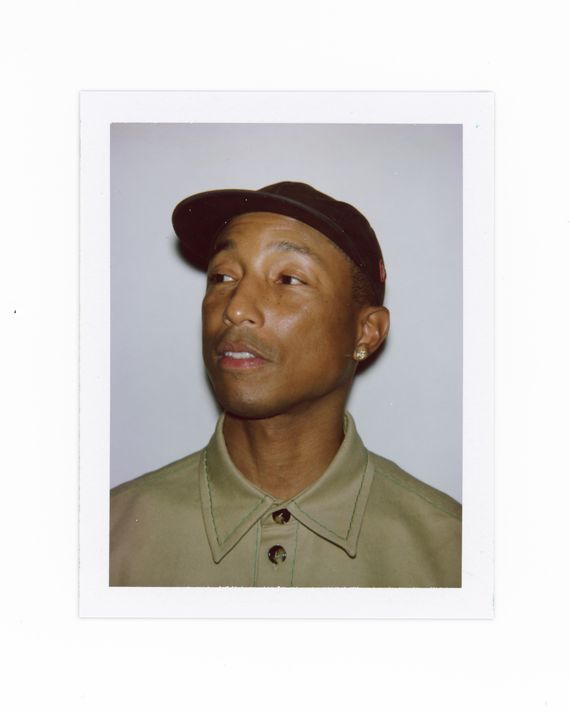
A week after our interview, on the first day of the festival, Rosenthal hosted a welcome lunch at City Winery on Pier 57. The room was crawling with the politicos, artists, actors, and executives who populate her Rolodex. Rosenthal moved around the restaurant, an assistant a half-step behind tapping away on an iPhone and clutching a New Yorker tote bag. Rosenthal landed in front of Foxy Brown. “I wrote a World War II movie, and I want to pitch it to you,” Pam Grier told Rosenthal, who momentarily took off her deep-blue Moscot shades to express interest. But then Rosenthal moved into the next room, joining a conversation among De Niro, Al Sharpton, and the mayor’s chief of staff, Frank Carone. Katie Holmes was sitting at Rosenthal’s table, and so was the fashion designer Zac Posen, who quarantined with Rosenthal at her pad in Bridgehampton. (They ate a lot of Carvel ice cream together, he said.)
Rosenthal rose to give a speech. She listed the offerings her festival has on tap. “We have ‘Tribeca Talks,’ games, immersive, music; we have zines and TikToks. Basically, we have everything but our own spaceship and hologram show with avatars of Bob and me singing our hits from the ’70s. Oh, Bob,” she said, casting an eye in De Niro’s direction, “didn’t we try that with The Irishman?” She thanked the festival’s new principal sponsor, OKX, a cryptocurrency marketplace. Tribeca was famous for having what’s known as “best in class” advertisers (American Express, AT&T), which makes OKX a curious last-minute sponsor — especially with a big crypto backlash underway and many of the celebrities who shilled for the scammy currency in Super Bowl ads suddenly shutting up. “Markets go up and down,” Rosenthal told me later. “No one can predict the future of anything.”
At the podium, Rosenthal thanked the festival’s new chief investor, Murdoch, who is here with his climate-activist wife, Kathryn. “He’s the good Murdoch,” one festivalgoer murmurs, a tad skeptically. (Murdoch laughed when I told him this and said, “No comment.”)
The ultrarich sometimes buy shiny companies as a way to recast their image: Bezos bought the Washington Post. Jared Kushner purchased the New York Observer because he wanted to be a player. (Interestingly, in 2006, it was Rosenthal and De Niro who were in the final stages of buying the newspaper from Arthur Carter as a way to grow Tribeca into a media company until Little Lord Fauntleroy swooped in with $10 million at the last minute.) And ever since Murdoch bowed out of the Romulus-Remus succession tango with his brother Lachlan, he has been snapping up some elegant trophies of his own. Just after buying in to Tribeca, he purchased a 49 percent stake in Art Basel. James is well liked in liberal New York media and Hollywood circles, but beneath his affable demeanor, there is a wolf. (He even named his investment company Lupa Systems, after the she-wolf legend about the birth of Rome.) Has Rosenthal run up against that killer Murdoch instinct yet? “He’s been a phenomenal partner,” she said diplomatically. “We recently acquired M ss ng P eces, a production company. He was 100 percent supportive of doing that and how we can grow our business.”

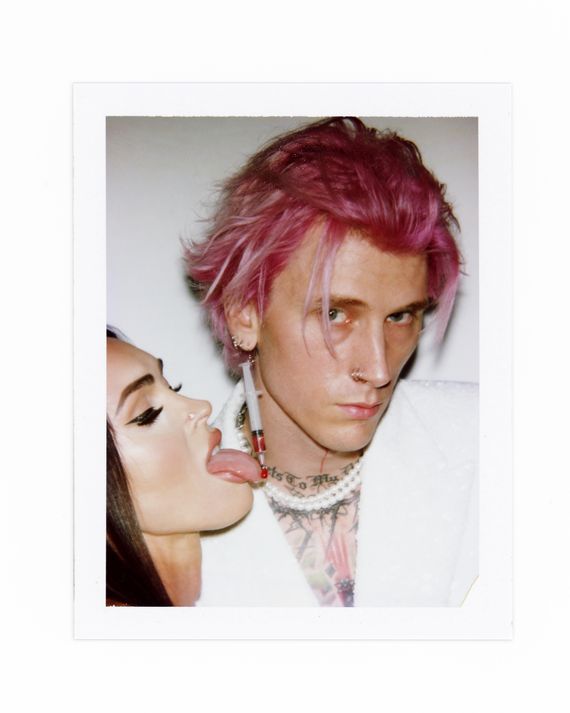
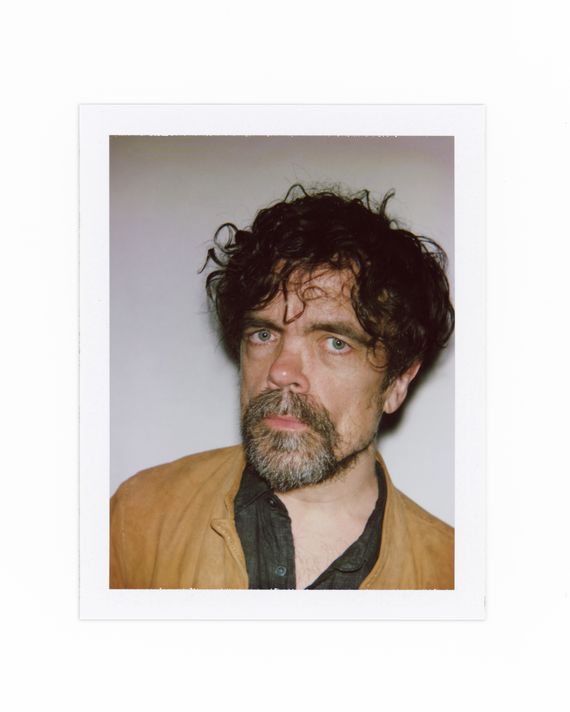
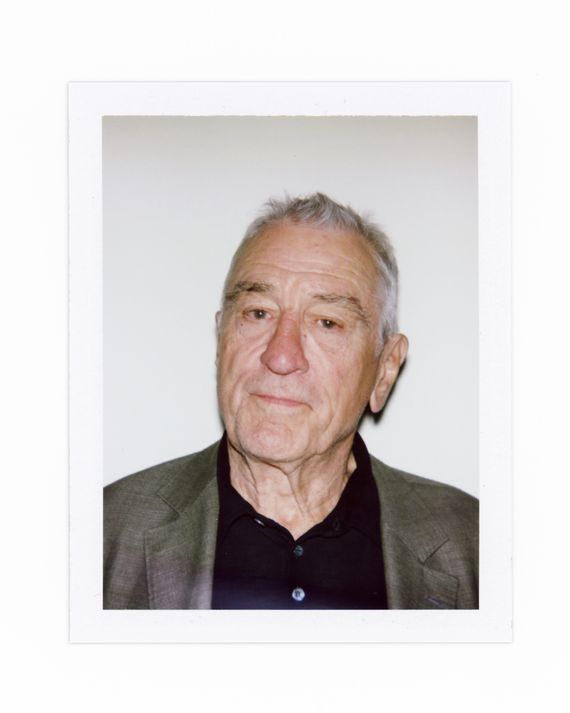
Unlike Tribeca’s previous financial overlords, Murdoch says he does see Tribeca as a media company. He views Tribeca as a “global brand” and wants to grow the studio business to “create a center of gravity for creators both to showcase their work but also to take on new projects.” De Niro, too, told me he feels no nostalgia for when the festival focused purely on movies. “The leaning has always been toward taking ‘film’ out of the Tribeca Film Festival,” he said. “It’s more of an overall cultural festival, if you will.”
Rosenthal, for her part, does seem to be a true believer in her own new-media gospel. She really plays video games. “I’m excited about Cuphead that we have at the festival. I was early on into League of Legends.” (“I spend half my time playing video games,” De Niro told me. Then he adds, “I’m kidding.”) Still, cinema seems to be Rosenthal’s first love. At her office, we started talking about the John Huston flick The Man Who Would Be King. Rosenthal said another favorite is Five Easy Pieces and yet another is After Hours, which, she said, “is just so not a typical Marty movie.” In college, she was ensorcelled by the original The Man Who Fell to Earth. “I would just watch it over and over again; it was kind of magical,” she said. These days, she lives in a 6,000-square-foot apartment in the Dakota that’s currently on the market for $20 million. She said if she had a totally free Saturday, she would spend it “in bed, watching movies.” Does she ever watch Rosemary’s Baby while doing cool satanic stuff inside the Dakota?
“The truth is,” said Rosenthal, dropping her voice to a whisper, “I’ve never watched Rosemary’s Baby.”
Want more stories like this one? Subscribe now to support our journalism and get unlimited access to our coverage. If you prefer to read in print, you can also find this article in the June 20, 2022, issue of New York Magazine.
Article From & Read More ( Jane Rosenthal on Tribeca Festival's Post-Film Reboot - New York Magazine )https://ift.tt/gXjTyDe
Film
Bagikan Berita Ini
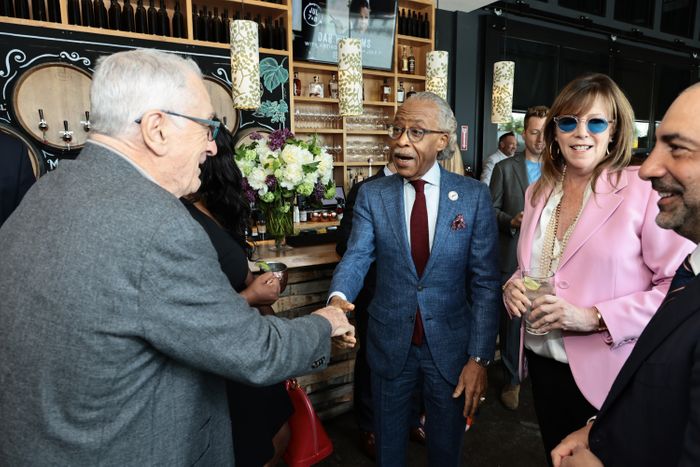














0 Response to "Jane Rosenthal on Tribeca Festival's Post-Film Reboot - New York Magazine"
Post a Comment